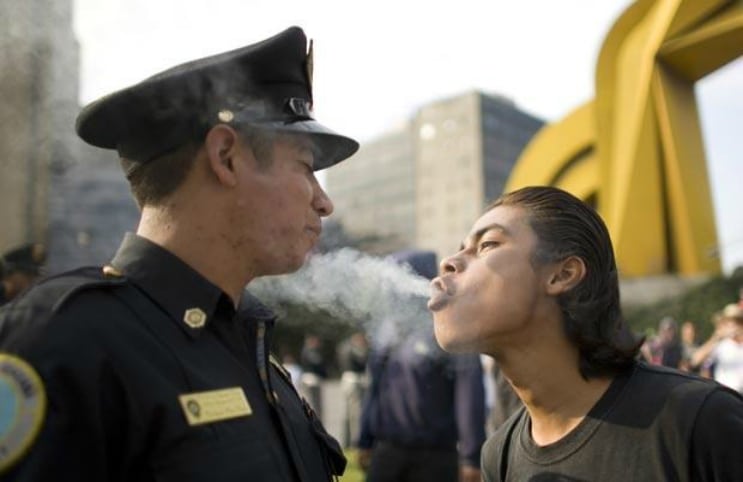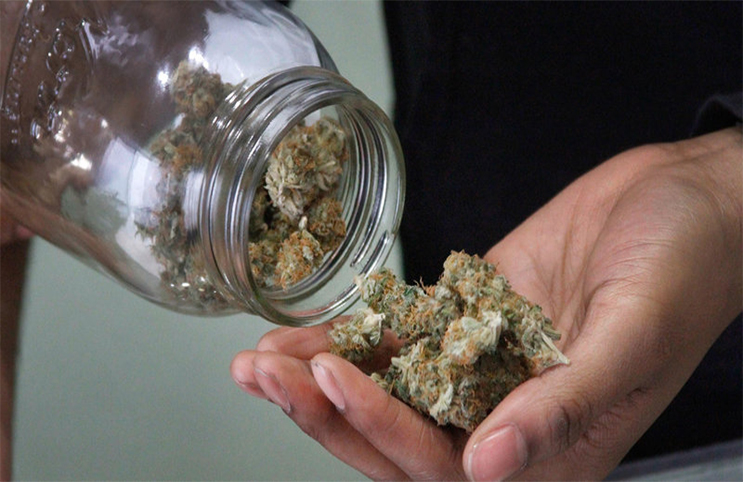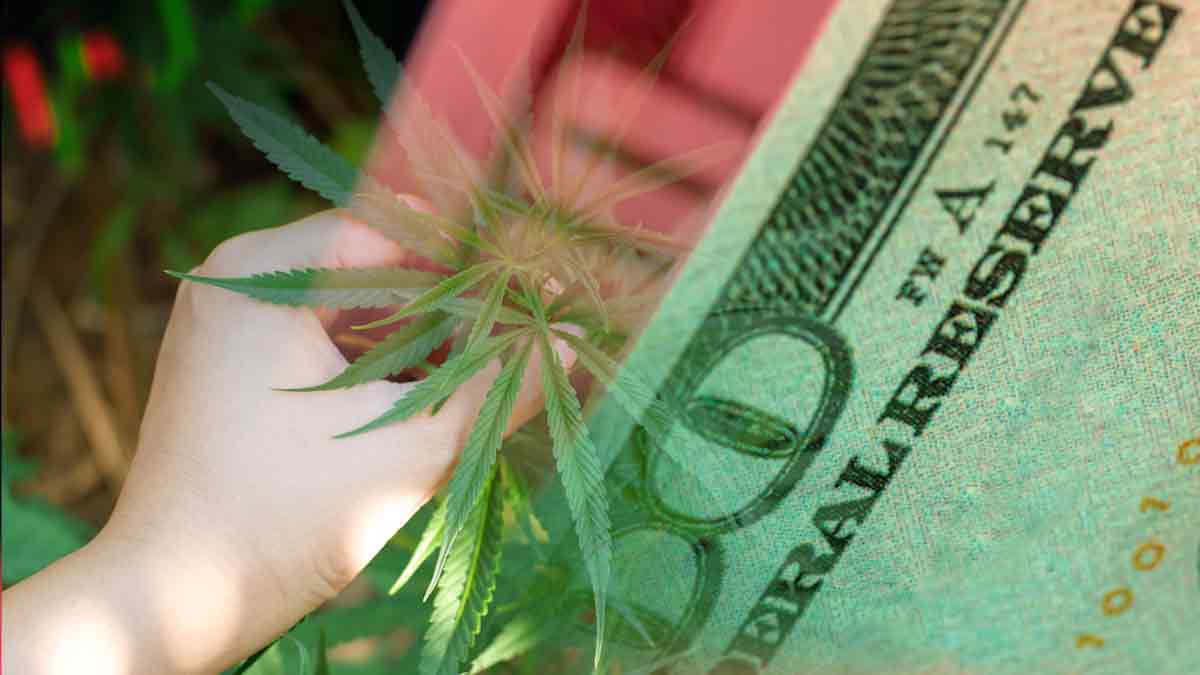Despite California legalizing recreational marijuana on the dawn of the New Year, the state’s policies and regulations remain somewhat in a ‘trial and error’ phase. And so the state is having volunteers smoke weed to aid police training. Wait, what?
One of the biggest issues surrounding cannabis’ new status, has been monitoring and deterring users from driving under the influence of marijuana, something that has proven to be easier said than done. Unlike an alcohol breathalyzer test, there’s not a reliable roadside test, so much of the jurisdiction is left in the hands of the arresting officer, and ultimately, a judge.
However, not everyone responds to the plant in the exact same way, which creates another cause for concern amongst officials. As California looks for a potential solution to the issue, they have turned their attention to better understanding the physical and mental effects of smoking weed. Specifically, by having some eager volunteers smoke weed to aid police training.
Considering recreational weed is in the ‘green’ stages of legality, volunteers haven’t necessarily been banging down the door to smoke weed in front of an array of police officers. But despite the lingering effects of prohibition, California native Edson Villegas had no issue showcasing his high to the authorities.
According to KCAL9/CBS2’s Tina Patel, Villegas took part in the voluntary “green lab” study to help officers, prosecutors and lab toxicologists get a better understanding of marijuana impairment.
In the study, volunteers would take field sobriety tests completely sober. They would then go into a tent, smoke some cannabis, and re-take the sobriety tests. According to Glendale Police Officer Bryan Duncan, there were some noticeable changes following the toke session.
“Whether it’s lack of convergence in the eyes, divided attention issues, your ability to do two tasks at one time,” said Duncan.
Another of the volunteers, Sebastian Dominguez, admits it could be difficult to judge marijuana impairment, simply because every user responds to the plant differently.
“It’s different for everyone. If you’re an avid user and you use it more, it’s going to affect you differently,” explained Dominguez.
Chris Halsor, the founder of Understanding Legal Marijuana, ran similar tests when Colorado first legalized the plant for recreational purposes back in 2014. He believes that cannabis’ status as a Schedule I narcotic has hindered the development of reliable detection technology.
“I think we have some detection tools that are out there,” said Halsor. “There are a lot of questions of do we need better tools out there? The science is severely lagging behind the policy, in part because it still is illegal federally.”
When it comes to legal cannabis, it’s clear that driving under the influence of the plant remains one of the biggest question marks. While driving high hasn’t proven to be as dangerous as driving drunk, it also has proven to be a lot more difficult to fully assess.
MAPH Enterprises, LLC | (305) 414-0128 | 1501 Venera Ave, Coral Gables, FL 33146 | new@marijuanastocks.com










1 comment
Do your Due Diligence: Canadian company, Cannabix Technologies (OTC: BLOZF) is solution leader in cannabis breath analysis